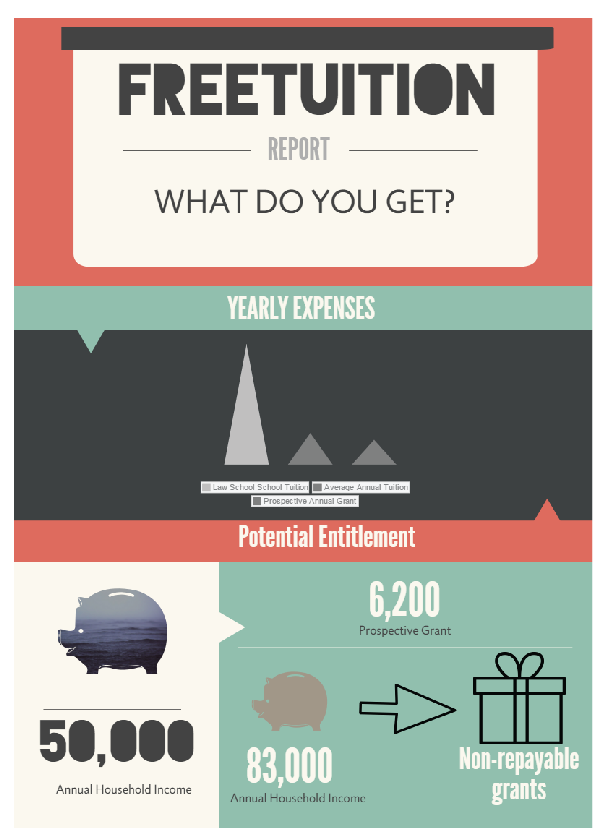“Free” Tuition?
Critiquing the new Ontario Student Grant
The provincial government is creating a new program called the Ontario Student Grant, which combines money from several existing grant programs and tax rebates. Having one application simplifies things and is a step in the right direction.
In short, it will both streamline existing grants and make the application process and funding more accessible. The Ontario Student Grant will provide more grants to help families making less than $50,000 a year. University students from families in this bracket will receive up to $6,200 per year. In addition, more families earning less than $83,000 will be entitled to non-repayable grants, and no student will receive less money than they currently receive. Essentially, it will make education more accessible to more people. However, it is far from “free tuition” as promoted by the province.
The problem is that tuition costs more than the maximum amount available from the Ontario Student Grant. The program only provides $6,200 for students from low-income families. The average undergrad tuition in Ontario is $7,868 (we pay the highest tuition in Canada). Tuition for professional faculties is much higher, so students will still be faced with financial barriers here. For example, the annual tuition for U of T law school is around $30,000, and that’s not taking into account out-of-province fees.
Furthermore, the province will be spending about the same as it currently spends on universities and colleges, with no new money being invested in education. Extending grants for low income students is a good thing. It is far from free tuition, but the fact that the province is labelling this as free tuition proves that the idea is popular, and that’s a small win unto itself.
Despite the new commitment, university education will remain unaffordable, and therefore inaccessible to many. In addition, the program does not provide assistance for those who currently have student debts or will be graduating in the next two years. The average Canadian student debt is nearly $30,000 and many have to pay interest on this debt. This is unfair, yet there is nothing in the province’s announcement about eliminating interest on student debts or helping those who are currently paying back student loans.
Countries like Germany, France, Denmark and Scotland have free tuition. Other provinces like Quebec and Newfoundland and Labrador pay a fraction of what we pay in tuition here in Ontario. Countries that make significant investments in education have more upward social mobility and less inequality in their societies. If we wish to attain these goals, we must continue to reduce financial barriers so that everyone can have access to education.
